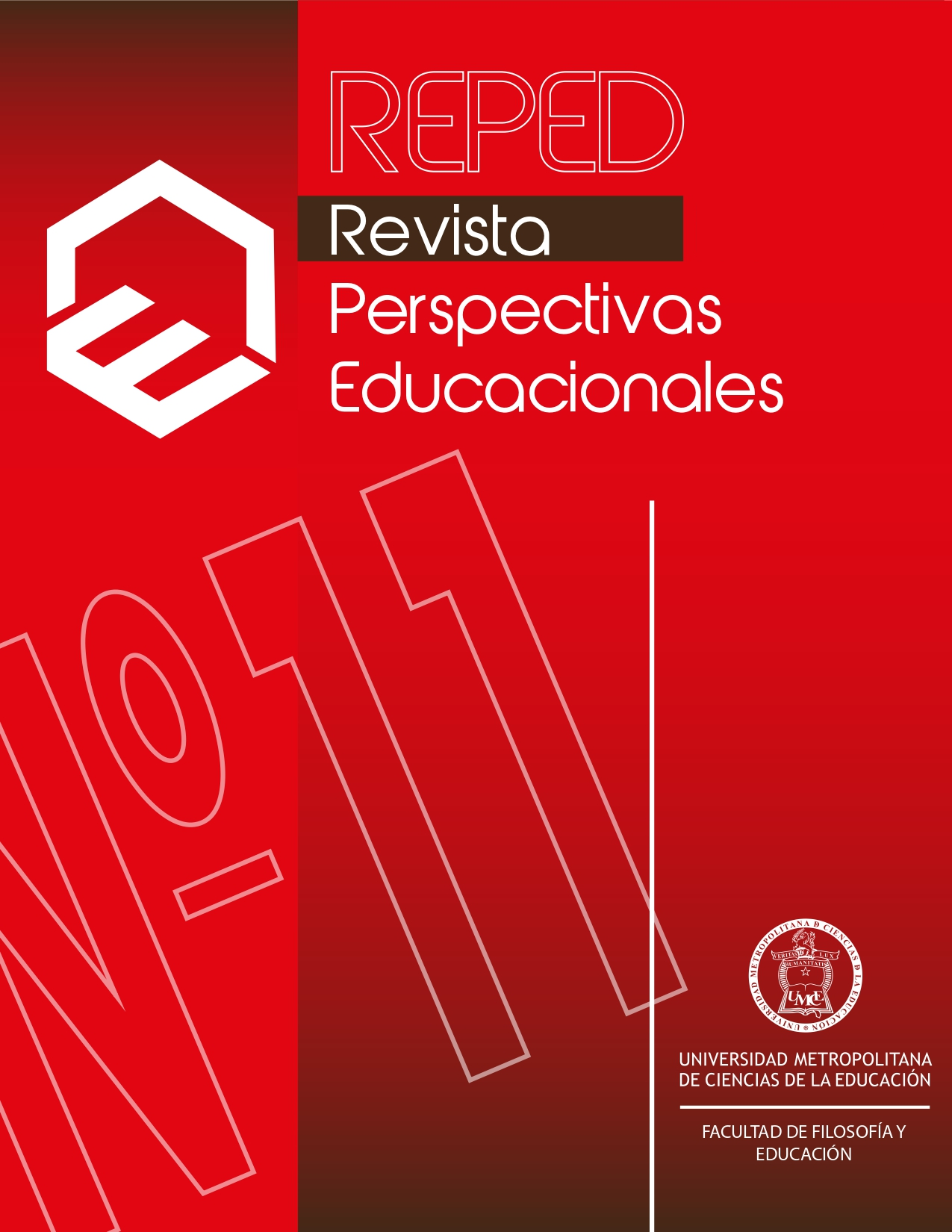Main Article Content
Nov 8, 2024
Abstract
The COVID-19 pandemic has had a profound impact on students, especially adolescents, affecting their executive functions, key cognitive skills for learning. In response, an innovation project was proposed to strengthen these skills in Chilean students aged 13-14 years in eighth grade. A self-assessment of executive functions and interviews with the head teacher were used to evaluate the implementation. The results showed progress in inhibitory control, with improvements in conflict management and handling of stressful situations, although there was a decrease in the ability to reflect before acting. Regarding planning, improvements were observed in the organization of extracurricular activities, goal setting and task prioritization. In addition, there was an increase in the ability to manage time and maintain order in lockers or backpacks. It is concluded that executive functions play a crucial role in student life by facilitating autonomy, participation, interpersonal relationships, problem solving and the learning process.

This work is licensed under a Creative Commons Attribution-NonCommercial-NoDerivatives 4.0 International License.
References
Baddeley, A. D. (1986). Memoria de trabajo. Oxford University Press.
Burgess, P. W. (1997). Teoría y metodología en la investigación de las funciones ejecutivas. En P. Rabbitt (Ed.), Metodología de la función frontal y ejecutiva (pp. 81-116). Psychology Press.
Cabañas, M. y Korzeniowski, C. (2015). Uso de celular e internet: su relación con planificación y control de la interferencia. Revista Argentina de Ciencias del Comportamiento. 7(1), 5-16. Recuperado desde https://www.redalyc.org/articulo.oa?id=333439929002
Carballo, A. y Portero, M. (2018). 10 ideas clave. Neurociencia y educación. Aportaciones para el aula. Graó.
De Caro, D. M. (2013). El estudio del cerebro adolescente: contribuciones para la psicología del desarrollo [Presentación]. V Congreso Internacional de Investigación y Práctica Profesional en Psicología y XX Jornadas de Investigación Noveno Encuentro de Investigadores en Psicología del MERCOSUR. Universidad de Buenos Aires, Buenos Aires, Argentina.
Diamond, A. (2013). Executive functions. Annual Review of Psychology, 64, 135-168. https://doi.org/10.1146/annurev-psych-113011-143750
Díaz, A., Martín, R., Jiménez, J. E., García, E., Hernández, S. y Rodríguez, C. (2012). Torre de Hanoi: datos normativos y desarrollo evolutivo de la planificación. European Journal of Education and Psychology, 5(1), 79-91.
Díaz Rubio, F. y Donoso Fuentes, A. (2022). Infancia y COVID-19: Los efectos indirectos de la pandemia COVID-19 en el bienestar de niños, niñas y adolescentes. Andes pediatrica, 93(1), 10-18. https://dx.doi.org/10.32641/andespediatr.v93i1.4250
Elliott, J. (2005). El cambio educativo desde la investigación-acción. Morata.
Fernandes, B., Biswas, U. N., Tan-mansukhani, R., Vallejo, A. y Essau, C. A. (2020). The impact of COVID-19 lockdown on internet use and escapism in adolescents. Revista de Psicología Clínica con Niños y Adolescentes, 7(3), 59-65. https://doi.org/10.21134/rpcna.2020.mon.2056
UNICEF. (s.f.). Niños, niñas y adolescentes en Chile. Infancia en cifras. https://www.unicef.org/chile/media/3371/file/Infancia%20en%20cifras.pdf
Higgins, C. D., Páez, A., Kim, G. y Wang, J. (2021). Changes in accessibility to emergency and community food services during COVID-19 and implications for low income populations in Hamilton, Ontario. Social Science & Medicine, 291, 114442. https://doi.org/10.1016/j.socscimed.2021.114442
Hodgkinson, T. y Parks, S. (2016). Teachers as air traffic controllers: Helping adolescents navigate the unfriendly skies of executive functioning. The Clearing House: A Journal of Educational Strategies, Issues and Ideas, 89(6), 208-214. https://doi.org/10.1080/00098655.2016.1214472
Mateo, V. y Villaplana, A. (2007). Estrategias de identificación del alumno inatento e impulsivo desde el contexto escolar. Quaderns Digitals, 5, 13-28.
Ministerio de Salud. (s.f.). Covid-19. https://www.minsal.cl/covid-19/
Miyake, A., Friedman, N. P., Emerson, M. J., Witzki, A., Howerter, A. y Wager, T. D. (2000). La unidad y diversidad de las funciones ejecutivas y sus contribuciones a tareas complejas del "lóbulo frontal": un análisis de variables latentes. Cognitive Psychology, 41, 49-100. https://doi.org/10.1006/cogp.1999.0734
Moraine, P. y Rivas Lorenzo, S. (2016). Las funciones ejecutivas del estudiante: mejorar la atención, la memoria, la organización y otras funciones para facilitar el aprendizaje. Narcea.
Portellano Pérez, J.A. (2018). Neuroeducación y funciones ejecutivas. CEPE.
Salinas, J. (2004). Innovación docente y uso de las TIC en la enseñanza universitaria. RUSC. Universities and Knowledge Society Journal, 1(1), 1-16.
Sholberg, M. M., Mateer, C. A. y Stuss, D. T. (1993). Contemporary approaches to the management of executive control dysfunction. Journal of Head Trauma Rehabilitation, 8, 45-58.
Stelzer, F., Cervigni, M. A. y Martino, P. (2010). Bases neurales del desarrollo de las funciones ejecutivas durante la infancia y adolescencia. Una revisión. Revista Chilena de Neuropsicología, 5(3), 176-184.
Tamarit, A., Schoeps, K., Del Rosario, C., Amador Esparza, N. A. y Montoya-Castilla, I. (2021). Estado de salud de adolescentes en España, México y Chile durante la COVID-19: un estudio transcultural. Acción Psicológica, 18(1), 107-120. https://doi.org/10.5944/ap.18.1.29018
Tirapu Ustárroz, J. (2011). Neuropsicología, neurociencia y las ciencias PSI. Cuadernos de Neuropsicología / Panamerican Journal of Neuropsychology, 5(1), 11-24.




